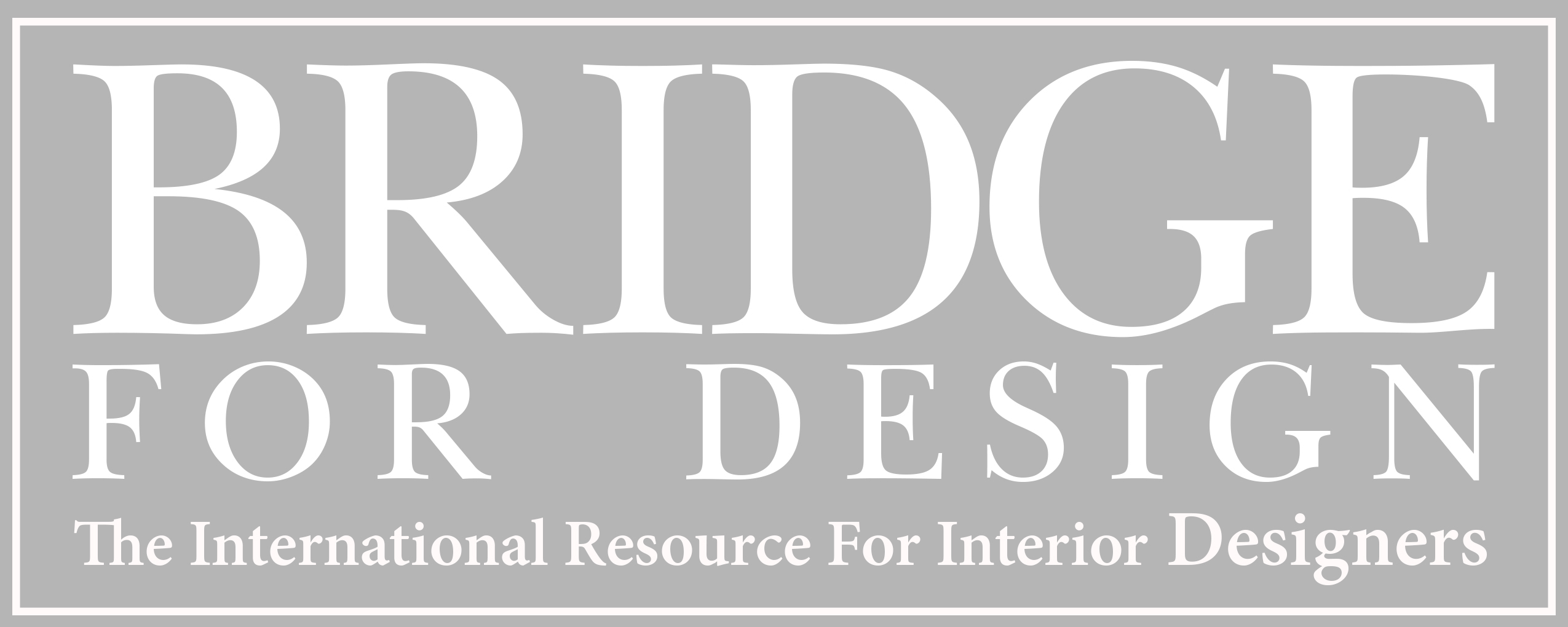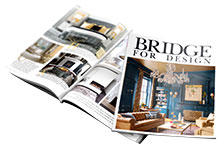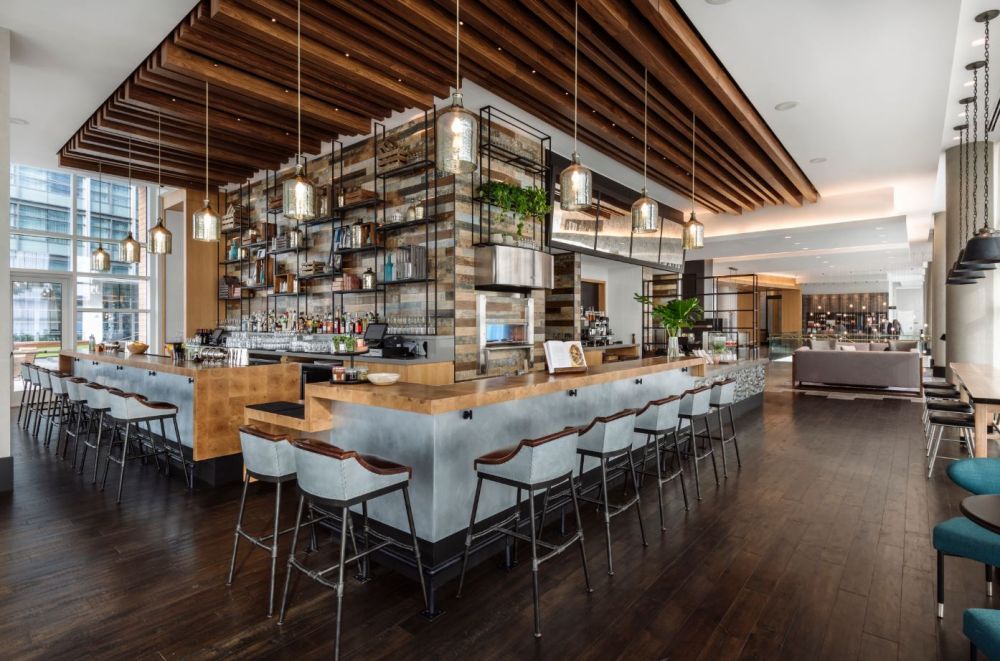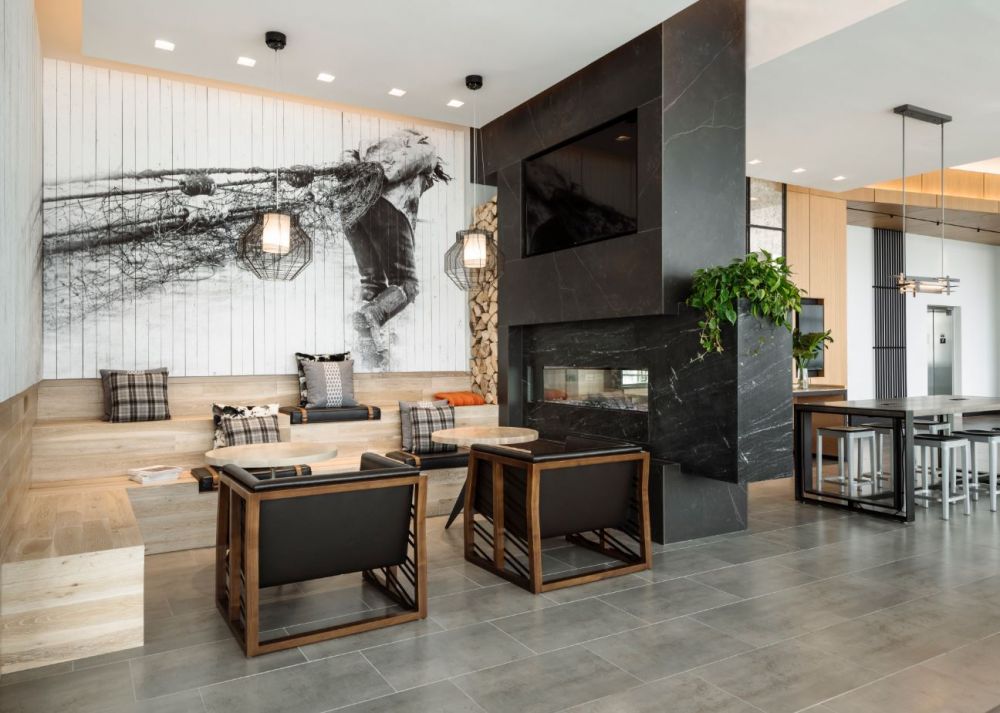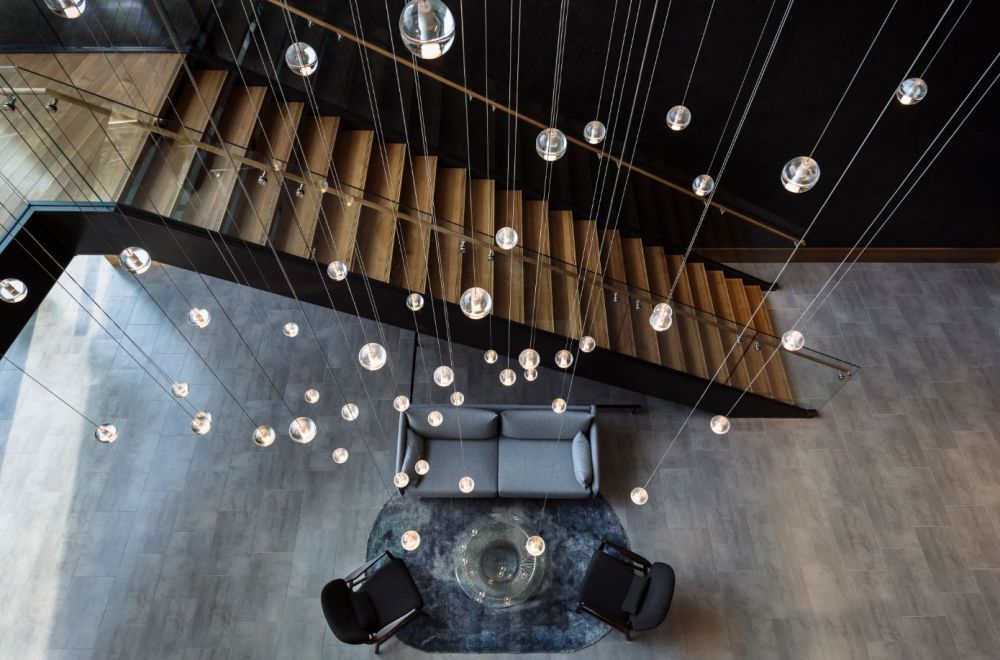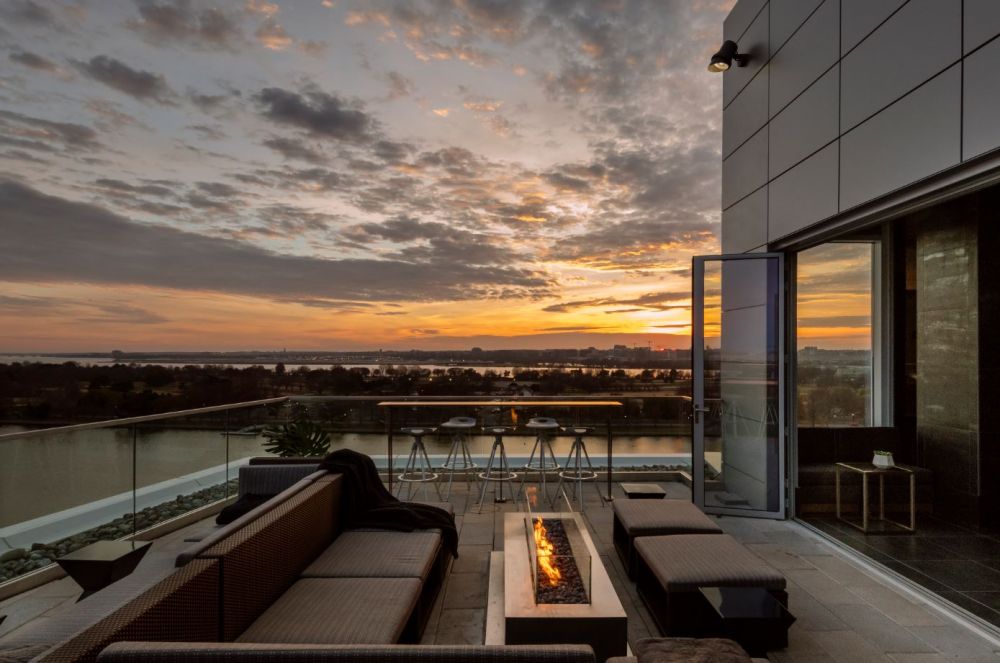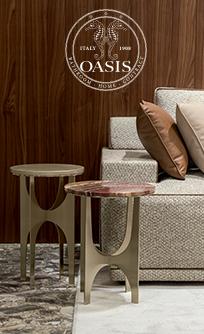Increasingly interior design, along with the world at large, has made a conscious effort to incorporate natural, Earth-friendly design elements into homes and hotels.
Ensuring sustainable design begins with evaluating the materials you have on-hand from the get-go. Repurposing old pieces and fixtures in new and imaginative ways creates unique quirks and character in a space, and adds a signature green touch. For example, although you’ve become used to your dresser as your dresser, removing the legs, applying a fresh coat of paint or lacquer, and flipping it sideways provides you a new credenza.
For an expert artisanal touch, visit local craftsmen for custom pieces or to transform found objects. In order to reduce the carbon footprint of your home or space, engage their services to create custom tables, chairs, or assorted objets d’art - giving your home a truly unique, artisan feel, and minimizing the distance goods must travel to reach their ultimate destination.
When you are in the market for new furnishings and fixtures, visit architectural salvage yards to source accents and lighting. Salvage yards are treasure troves where, given enough time to
rummage, one can unearth spectacular finds. Keep an open mind - what may have been a functional lantern in years past can be transformed into a stylish vessel for storing keys, or an old door can become an interesting, textural wall piece.
Similarly, when purging your space of old materials to make room for the new, recycle, donate, and give away rather than disposing all together. It’s the age-old adage: One man’s garbage is another man’s treasure. In lieu of creating more rubbish, give your furniture and fixtures the opportunity to add re-imagined, stylistic elements to someone else’s living space.
When it comes to brightening your space, LED lighting has been trending for some years now, and has proven to be an efficient, cost-effective, and environmentally friendly method for lighting your dwelling or workplace at night. Long life equals less waste, and these lighting solutions consume less energy, as well. Lighting up a room can also be as simple as maximizing sunlight by employing mirrors and reflective objects to catapult illumination throughout the area.
Finally, in following with design trends of late, of course, using natural materials whenever possible it of the utmost importance. Certain materials, like plastics and synthetics, often wear poorly and are nonbiodegradable.
Using natural supplies, like woods, organics, and incorporating existing landscape elements into architecture and design, if and when possible, allows your space to age in a natural, elegant way - likely improving over time.
Invest your budget into the more substantial pieces in your design - those that can evolve with your space over time, like headboards, large dressers, coffee tables, and couches.
Employing the latest in sustainable design trends can be as simple as switching out a few of your usual routines. Earth Month may only come around each April, but taking the time to incorporate eco-friendly practices yearround into your home and workplace decor can not only add unique, singular touches to your surroundings, but also appeal to a sense of social and environmental responsibility.
